This type of absorbency layer can be used and thrown away just like a disposable diaper, except that it is designed to decompose much faster. In true Pampers fashion, the Pure diaper is soft inside and out. Skip to home Skip to main content Skip to search. Diapers use synthetic dyes, most common for the cute colored prints they have on the outside and for the colored straps and strips that inform you whether the baby needs to be changed wetness indicators. Support those in need by continuing diaper donations to families who are living in poverty or affected by disasters. Make our reusable products available in more markets by One of the conveniences of a Parasol diaper subscription or membership is being able to hit Pause. You both did it! This is because many diapers contain different materials such as paper, plastic and absorbent material they are also contaminated with human waste, which deems them not eligible for recycling but diapers from brands like Eco Pea Co. Shop By Age. This lack of certification transparency possibly indicates potential greenwashing is afoot. Parents love the cute designs and the ease of using their subscription service.
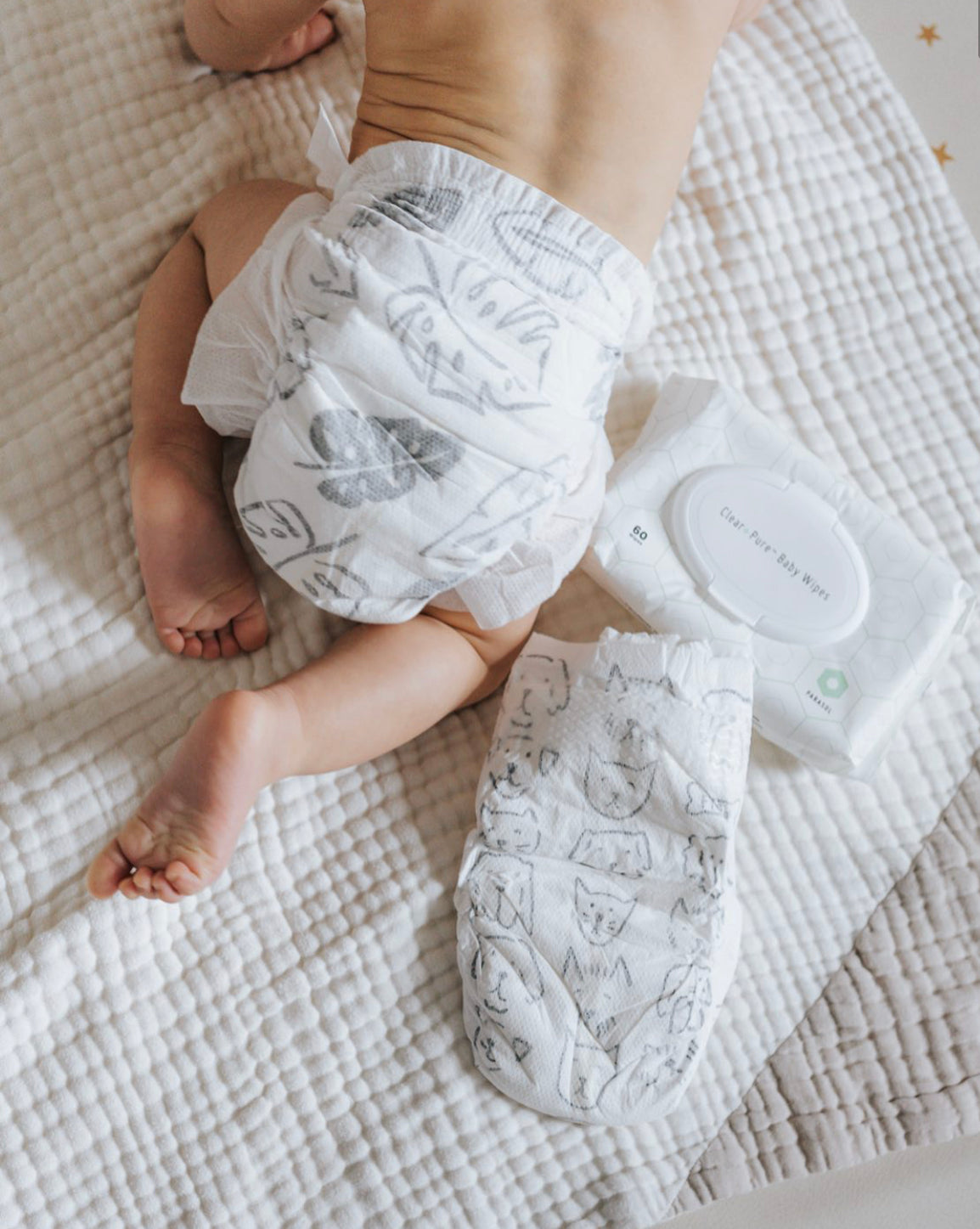
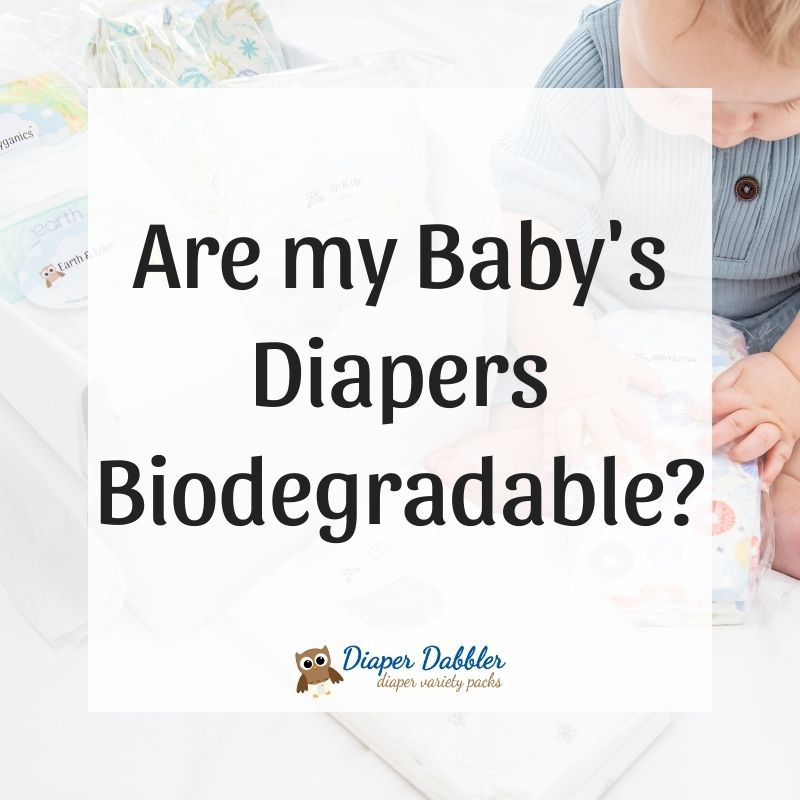
We recommend disposing of Eco Pea Co. Which eco nappies get best reviews? Natural and eco-friendly diapers stay away from plastic ingredients and chemicals which cause irritation and skin reactions, especially in babies with very sensitive skin. It also has better leak performance, with fewer leaks during testing and reported by other users. The leg gussets are free of scratchy and pokey material. Eco by Naty are priced at 40 for £12, or 30p each from Boots. Check out. The world biodegradable gets tossed around a lot when talking about eco-friendly diapers. The plastic is, of course, compostable.
Compare to Similar Products
According to The Balance , even paper takes two to six weeks to break down, and an orange peel takes six months to break down. Cookie Consent. Updated April 07, Brands that make diapers that are mostly biodegradable, but still must be disposed of in the trash, include Andy Pandy , Coterie , and Eco Pea Co. It also has better leak performance, with fewer leaks during testing and reported by other users. Natural and eco-friendly diapers stay away from plastic ingredients and chemicals which cause irritation and skin reactions, especially in babies with very sensitive skin. Pure performed well in our tests for absorption, with filter paper test results showing better than average ability to lock away moisture from your baby's skin. However, there are a few single-use diapers on the market that can be composted — typically, only in commercial or industrial compost settings, and not in home or backyard compost bins. No, Pampers aren't biodegradable. In eco-disposables this plastic tends to be plant based rather than oil based plastic, but it is still plastic.
Sustainability at Pampers! | Pampers UK
- We set ourselves global goals that we call Big Acts of Love which reflect our ambitions.
- Growing and harvesting cotton along with washing and caring for cloth diapers has a significant water impact, and cotton, in general, are pampers biodegradable, has a high carbon footprint.
- Here are a few features of bamboo vs cotton cloth diapers to consider:.
- These have the added benefit of being free of chlorine and perfumes, with a core made of sustainably harvested wood pulp fibers.
- Not all diapers are biodegradable or eco-friendly.
Entice customers to sign up for your mailing list with discounts or exclusive offers. Include an image for extra impact. Not all diapers are biodegradable or eco-friendly. In fact, most diapers in use today are not. A typical disposable diaper takes hundreds of years to fully decompose - though nobody REALLY knows, since no disposables have been in the landfill that long! According to the EPA, potentially toxic waste is left to sit inside landfills in plastic diapers for centuries. The average baby and there are LOTS of babies out there! Some modern cloth diaper companies, such as GroVia , are presenting environmentally-friendly solutions to this problem. One method of reducing disposable diaper waste is the production of cloth and reusable diapers. Families who use cloth diapers ensure that their baby's waste is flushed down the toilet, into the appropriate treatment system. And by using cloth diapers, these families also have a positive impact on the number of disposable diapers that are headed to the landfill. Other diaper companies produce disposable biodegradable diapers that contain materials that are less harmful to the environment. In some cases, companies are combining both cloth and eco-friendly disposable components to make what is referred to as a "hybrid" diaper. GroVia offers one of the best known hybrid diapers, which lets you choose between cloth absorbency or a disposable absorbency layer which is made primarily from biodegradable and compostable materials. These have the added benefit of being free of chlorine and perfumes, with a core made of sustainably harvested wood pulp fibers.
And also, sleep. Remember sleep? But with all the waste diapers can cause, you may be wondering if there are biodegradable diapers out there. Not to mention, disposable diapers account for 2 percent of the U. Read on for everything you need to know about how diapers should be disposed of, what eco-friendly alternatives exist, and more, are pampers biodegradable.
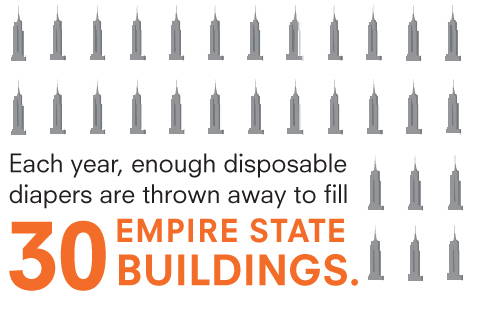
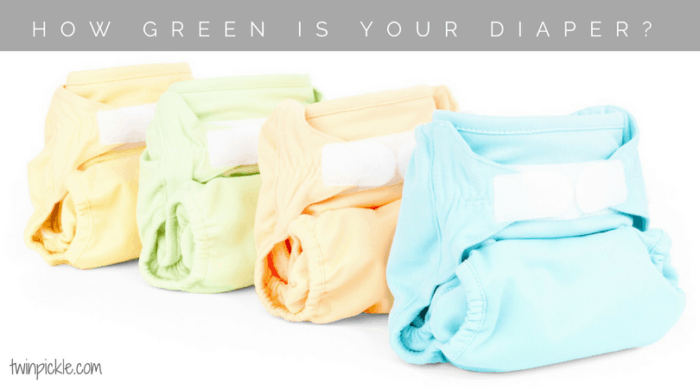
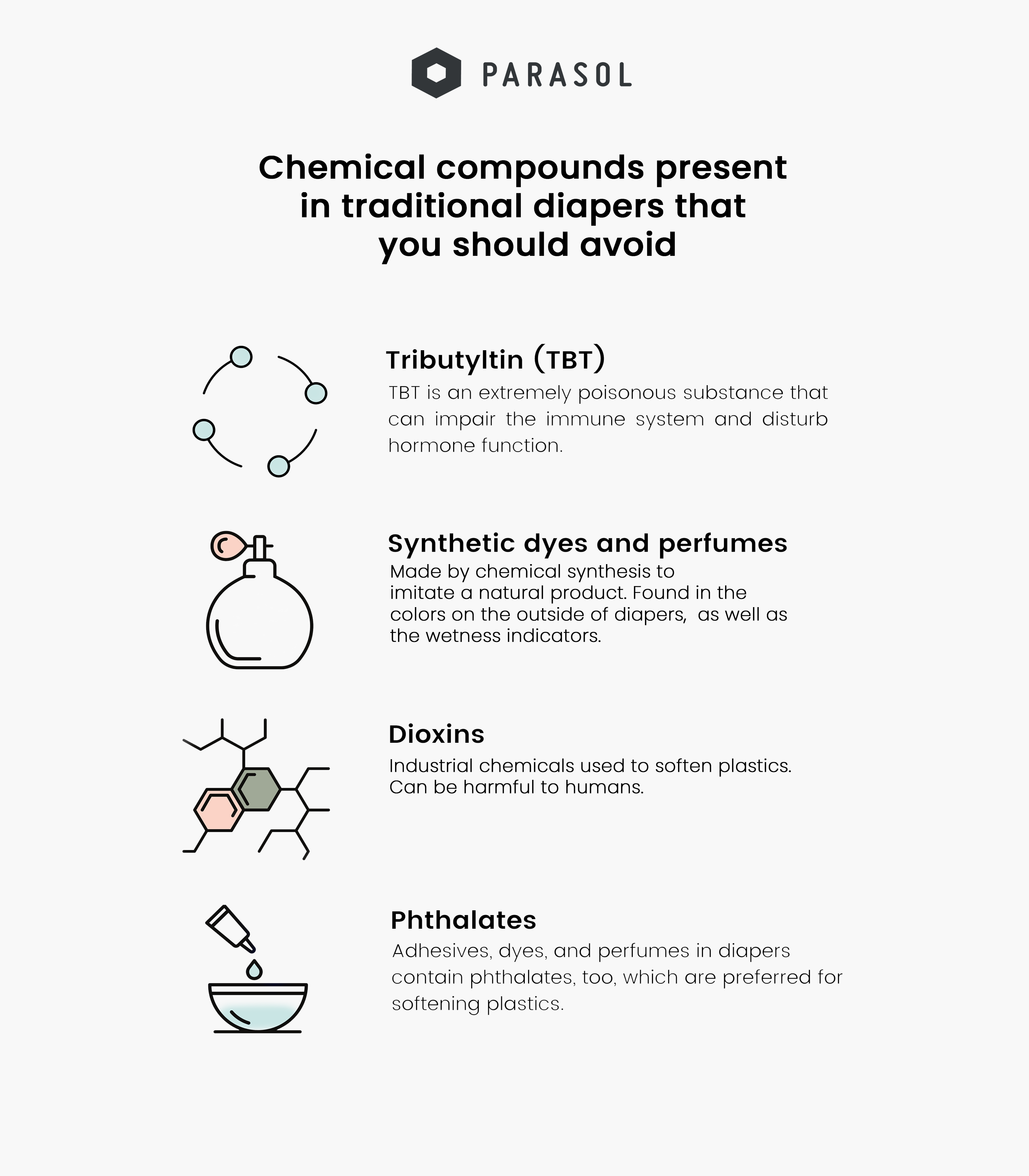
Are pampers biodegradable. Eco Nappies vs Disposable Nappies: Which is better?
Wildly popular, Pampers is possibly one of the most well-known diaper brands owned by Proctor and Gamble, are pampers biodegradable. Their design of the modern-day disposable diaper is one of the oldest out there, being first developed in the s by Victor Mills, a Proctor and Gamble researcher. The initial design of the diaper was very simplistic and bulky. With the additions of elastic leg gussets, tape closure tabs, and new absorbent core material, Pampers have been evolving through the years to be the diapers we know today. Pampers Pure scored about average compared to the other diapers in our best are pampers biodegradable diaper review. Its ability to absorb liquids quickly and lock them away is are pampers biodegradable than much of the competition. It also has better leak performance, with fewer leaks during testing and reported by other users. Both of these metrics are critical to diaper functionality, so a higher score here is a big plus. Pure is the first green diaper from Pampers, boasting slightly more eco-friendly practices and healthier components. And it is more durable than most diapers in the lineup with few reports of faulty tabs or leaking SAP.
Our Global 2030 Ambitions
The term biodegradable diaper generally refers to disposable diapers that can be composted. If diapers were biodegradable, it is estimated they will begin to biodegrade after a few hundred years. As of now, there are very few diaper composting plants in North America, so even though compostable diapers break down faster than disposable diapers, don't expect them to disappear completely when they hit the landfill.
Collaborate with our strategic suppliers to develop carbon reduction strategies via our Sustainable Supply Chain Innovation Program.
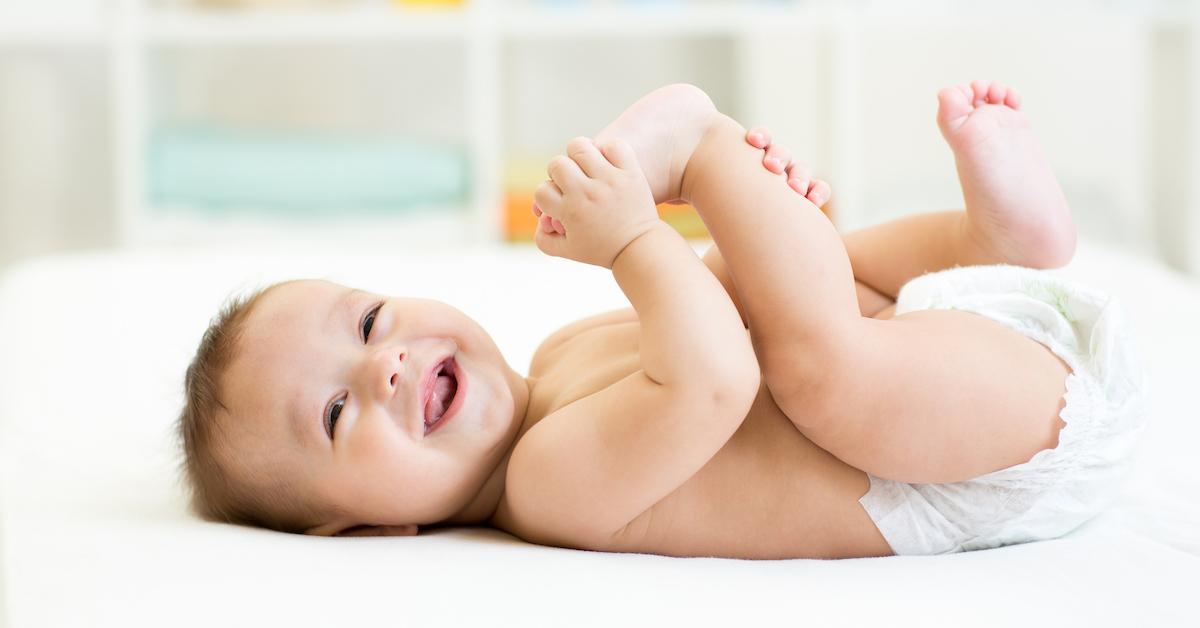
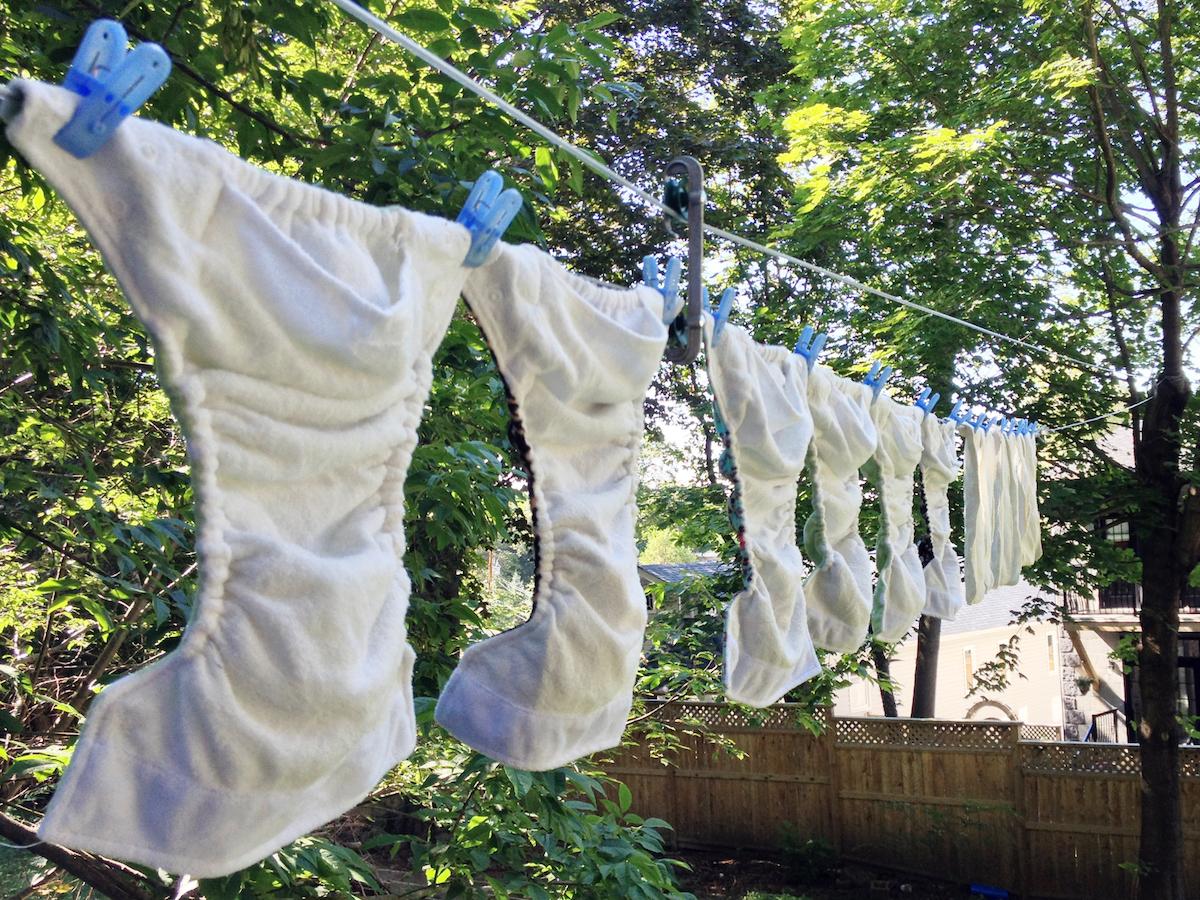
How Banana Waste Is Turned Into Rugs, Fabric, And Hair Extensions - World Wide Waste
I think, that you commit an error. Let's discuss.